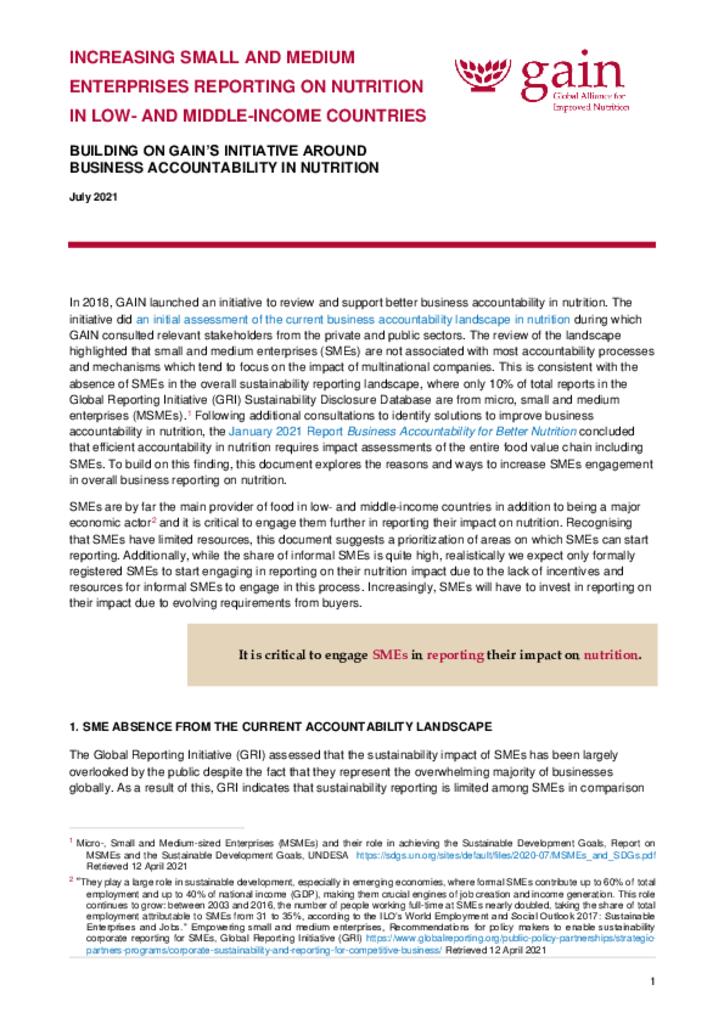Small and medium-sized enterprises (SMEs) play a vital role in the economy of every country. They are defined differently by different organizations and governments, but generally, SMEs are businesses with a relatively small number of employees and limited financial resources. Small enterprises are typically defined as those with fewer than 50 employees, while medium-sized enterprises are those with 50 to 250 employees.
One of the main differences between small and medium-sized enterprises is the size of their operations. Small enterprises tend to be much smaller in terms of their workforce and revenue, while medium-sized enterprises are larger and may have a more complex organizational structure. Small enterprises may also have a more limited scope of operations, with a focus on a specific product or service, while medium-sized enterprises may have a broader range of products and services.
Another key difference between small and medium-sized enterprises is their level of access to resources and capital. Small enterprises often have limited access to financial resources and may struggle to secure funding from traditional sources such as banks. They may also have less access to specialized expertise and technology, which can impact their ability to compete with larger enterprises. In contrast, medium-sized enterprises may have more access to financial resources and may be able to leverage their size to secure better deals on supplies and other resources.
In terms of management and decision-making, small and medium-sized enterprises also differ. Small enterprises are often owned and operated by a single individual or a small group of people, and decision-making may be more centralized. In contrast, medium-sized enterprises are likely to have a more complex organizational structure, with multiple levels of management and decision-making. This can allow for more specialized roles and division of labor, but it may also lead to more bureaucracy and slower decision-making.
One of the benefits of small enterprises is their flexibility and agility. They are often able to adapt more quickly to changes in the market and can be more responsive to customer needs. In contrast, medium-sized enterprises may have more rigid processes and systems in place, which can make it harder for them to adapt to change.
Overall, small and medium-sized enterprises play a crucial role in the economy and offer a range of benefits and challenges. While small enterprises may be more agile and flexible, medium-sized enterprises may have greater access to resources and expertise. Both types of enterprises contribute to economic growth and development, and the appropriate choice for a business will depend on its specific needs and goals.







